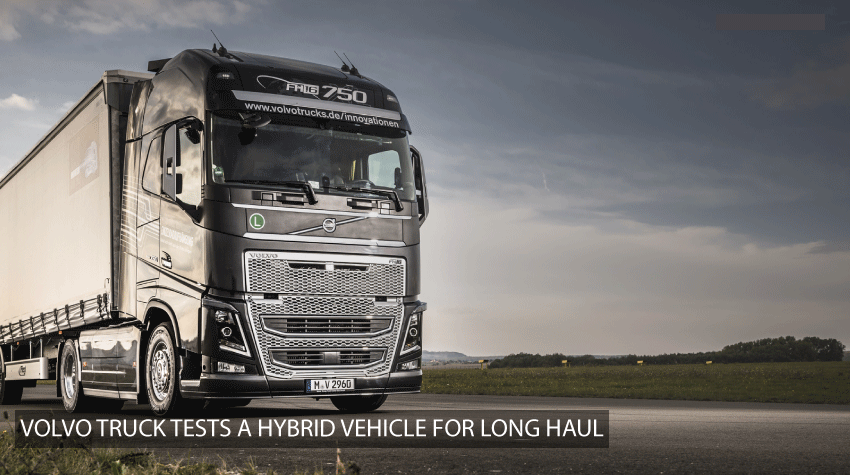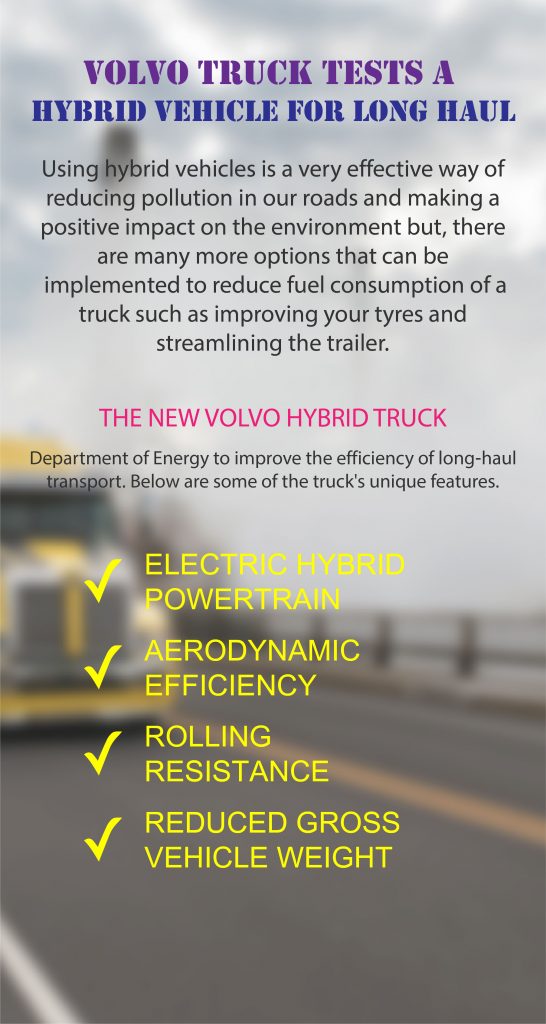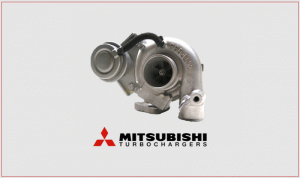Volvo Truck Tests a Hybrid Vehicle for Long Haul

The instability and social unrest that has plagued oil-rich countries in the recent past, accompanied by the possibility that the ‘Peak Oil’ date is a real eventuality has led major scientists to think of ways to reduce the rate at which we burn through fossil fuels. It is evident that the use of fossil fuels in our vehicles and machinery is detrimental to the environment but modern science still has not been able to provide an alternative energy source that can be used with the same convenience and flexibility of the fossil fuels.
Using hybrid vehicles is a very effective way of reducing pollution in our roads and making a positive impact on the environment but, there are many more options that can be implemented to reduce fuel consumption of a truck such as improving your tyres and streamlining the trailer. One of the major factors we overlook when trying to reduce fuel consumption is the truck driver’s skill level and driving regimes.

Hybrid Vehicles
Hybrid Vehicles began gaining popularity in the early 2000s with the rising fear that the natural petroleum reserves would one day be depleted. A hybrid is a system that runs on two or more energy sources. The most common application for hybrid vehicles is the use of an internal combustion engine and an electric motor.
The idea is that the different power sources are advantageous in varying user conditions, for example, the internal combustion engine is better than the standard electric motor at maintaining high speeds while the electric motor is better at lower speeds and producing torque.
In the hybrid vehicle system, the internal combustion engine charges batteries that power the electric motor. The vehicle switches from one power source to the other depending on the speed, terrain and other factors. In effect, the power sources work together in a symbiotic relationship that improves the vehicle’s overall performance, fuel efficiency and user experience. Other hybrid systems incorporate the use of natural gas or hydrogen-powered fuel-cells.
The New Volvo Hybrid Truck
Volvo, the Stoic Swedish vehicle is pushing boundaries to test a hybrid truck. In fact, Volvo Trucks have upgraded a number of its conventional designs, truck parts and features since coming under the ownership of the Chinese multinational automobile manufacturing company, Zhejiang Geely Holding Group Co., Ltd in 2010. The company has maintained the original Volvo facility in Gothenburg in Sweden for production of vehicles and spare parts while moving the head office to Shanghai in China.
Developing a hybrid truck to the standard of the new Volvo model is an expensive and risky venture. Most vehicle manufacturers have only attempted to modify some components of their existing truck designs rather than coming up with a whole new truck. The new Volvo Hybrid truck concept incorporates a wide range of revolutionary ideas that appear to be paying off. The truck has been developed as a result of a five-year research project funded by the Swedish Energy Authority and the US Department of Energy to improve the efficiency of long-haul transport. Below are some of the truck’s unique features.
- Electric Hybrid Powertrain
When the truck is driving downhill or applying the brakes, the excess energy generated is used to charge batteries that in turn power the electric drivetrain on flat roads.
- Aerodynamic Efficiency
Fuel efficiency is not only achieved by changing out your engine, but aerodynamic resistance also plays a big part in how much fuel your truck consumes. By completely redesigning the tractor and trailer of the new truck, Volvo has achieved a 40% improvement in the truck’s aerodynamic efficiency including the use of cameras instead of rear-view mirrors to reduce air resistance.
- Rolling resistance
One of the factors that reduce fuel efficiency is the traction caused by the rolling resistance of the tyres. Some designers employ the use of a lifting axle to minimize unnecessary traction. The hybrid truck will come with a fresh set of newly developed tyres which have been designed to have lower rolling resistance than standard models.
- Reduced Gross Vehicle Weight
The new hybrid truck’s designers have managed to shave about two tonnes off the standard model effectively reducing the truck’s fuel demand. This is advantageous in saving fuel costs but can also come in handy to increase profits as the truck can carry a larger payload than its counterparts without exceeding regulatory limitations.
Conclusion
The new Volvo hybrid truck was successfully tested in Sweden in 2015 and should be seen traversing the highways in Australia and New Zealand in the coming years. The developers have achieved an improved fuel efficiency of 30% and are working to bring that number up to 50%. The development of such hybrid solutions will keep the ‘Peak Oil’ fears at bay for a few more decades.
Read Also:







